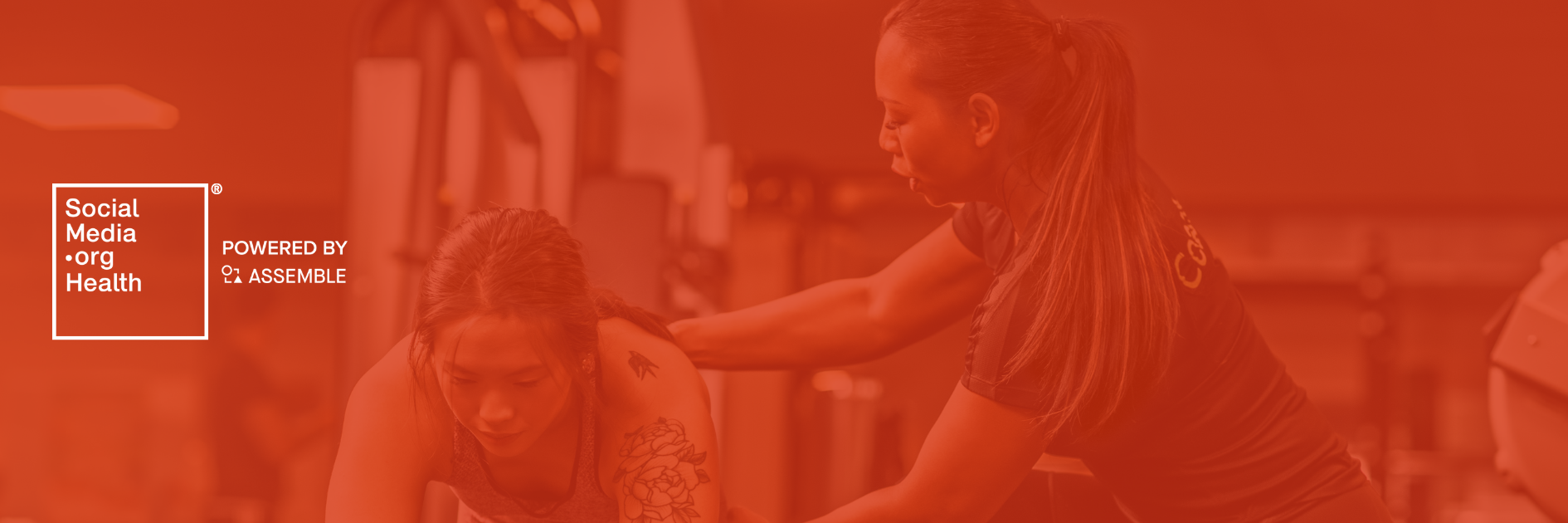Key takeaways:
- Medical staff create authentic sports content without needing athletes: Teams can produce engaging partnership content featuring their own doctors and trainers when athletes aren’t available.
- Athletic trainers provide direct patient referral opportunities: High school partnerships create natural pathways for sports injury patients to enter your health system.
- Real-time content requires systematic planning: Successful teams pre-assign roles and locations to capture spontaneous moments during live events.
Hospital social media leaders face a complex challenge: while sports partnerships promise broad community engagement, most healthcare organizations struggle to translate expensive sponsorship deals into meaningful social media results.
The leaders generating real ROI have discovered that successful sports partnerships require a fundamentally different approach from traditional marketing that their teams typically pursue
Throughout a series of confidential leadership discussions in SocialMedia.org Health, our members benchmarked how they’re leveraging sports partnerships to enhance their brand strategy and connect with patients and new audiences.
We’ll examine how our members are driving engagement, patient activation, and using high school athletic trainer programs to create authentic connections in healthcare systems.
1. Avoid Costly Sports Partnerships That Miss the Mark

Healthcare organizations typically enter sports partnerships through business development teams focused on brand visibility metrics. These partnerships often include expensive elements that don’t translate to social media success.
“We feel like we’re paying for a lot of unnecessary things.” explained one SocialMedia.org Health member whose marketing team wasn’t involved in contract negotiations. “One example was a Spanish TV spot, and we didn’t have one available to use. We would have rather had something different, but they put in for a Spanish TV spot.”
The disconnect emerges because traditional sports marketing priorities — stadium signage, uniform logos, and broadcast mentions — don’t align with what drives social media engagement for healthcare brands. Hospital social media teams need authentic content opportunities, not just visibility placements.
2. Feature Your Own Medical Staff for Authenticity
While most hospitals focus on securing athlete appearances, the highest-performing social content features the hospital’s own medical professionals. One health system’s video of team doctors playing basketball at their partner’s practice facility generated significantly more engagement than typical athlete spotlights.
“You don’t need athletes to make good sports partnership content,” noted another member. “Use your team doctors, your physical therapists, athletic trainers, because those are the people who are working with athletes firsthand,”
These medical professionals bring credibility and authenticity that celebrity athletes can’t match. They can speak directly to health and wellness topics while maintaining the sports connection that audiences find engaging.
Action step: Identify which of your physicians and athletic trainers work directly with partner teams. Develop content concepts that showcase their expertise within the sports environment, from injury prevention tips to behind-the-scenes medical care.
3. Leverage High School Partnerships for Stronger Patient Activation
While professional team partnerships attract attention, hospitals with embedded high school athletic trainer programs report stronger patient activation and community engagement. These relationships create direct referral pathways that expensive professional sponsorships rarely deliver.
“We have athletic trainers that are pretty much at every high school event and practice,” shared one marketing leader whose system covers multiple counties. “So, when kids get injured or things happen, they’re basically funneling business. They’re there to [help] the kids, but they also funnel business to the health system.”
High school partnerships also provide year-round content opportunities, from sports physicals and injury prevention education to student athlete success stories. Parents actively engage with content featuring their children’s schools, creating a more invested audience than general professional sports fans.
Action step: Map your service area’s high schools and evaluate the cost of athletic trainer embedment versus current professional team spending. Calculate potential patient referrals and community reach through high school sports families.
4. Partner with Alternative Sports for Better Experiences
Major professional leagues impose strict content restrictions and high costs that limit social media creativity. Some hospital social media teams said they find significantly better partnership experiences with emerging sports organizations.
“The current is our newest partnership, and they are so different than MLB or the NFL. They’re a whole different ball game, literally, and their willingness to collaborate, their innovation, what they allow us to do inside this stadium,” explained one member working with a women’s soccer team.
“We have athletic trainers that are pretty much at every high school event and practice. So, when kids get injured … they’re there to [help] the kids, but they also funnel business to the health system.”
Alternative sports organizations often provide more content creation flexibility, better collaboration on health awareness campaigns, and more willingness to feature hospital messaging beyond basic sponsorship acknowledgments.
Action step: Research emerging professional sports in your market, including women’s leagues, minor league teams, and specialty sports that may offer more collaborative partnership opportunities than established major league teams.
5. Master Real-Time Content Strategy
Hospital social media teams consistently report that real-time content from sports events outperforms carefully produced recap posts. The most successful teams use systematic planning to enable spontaneous content capture during live events.
One member explained their approach involves pre-assigning team members to specific locations, planning Instagram Stories content around key moments, and posting live while simultaneously gathering assets for follow-up content. This dual approach maximizes immediate engagement while creating content libraries for future use.
Action step: Develop event coverage templates that assign specific roles for real-time posting, asset gathering, and patient story capture. Test this systematic approach at smaller partnership events before major activations.
6. Track Patient Impact, Not Just Engagement
Traditional sports partnership metrics focus on brand impressions and social media engagement, but hospital leaders need to connect partnerships to actual patient activation. The most sophisticated programs implement tracking systems that measure healthcare outcomes.
One children’s hospital leader explained that her organization has implemented new patient activation tracking methods, using both AI systems and call center protocols to monitor mentions of their youth sports partnerships, then following up by asking patients directly how they learned about the hospital’s services.
This measurement approach helps justify partnership investments by connecting social media performance to patient inquiries, appointment requests, and service line preferences in specific markets.
Action step: Collaborate with your analytics team to implement tracking systems that connect sports partnership social content to patient inquiries and appointment scheduling, providing concrete ROI data for partnership renewal discussions.
7. Create Successful Sports Partnerships with Top Hospital Social Media Leaders
Hospital social media leaders who approach sports partnerships strategically, focusing on authentic relationships, embedded healthcare connections, and measurable patient impact, are discovering significant opportunities for community engagement and business growth.
As the football season begins, these partnerships represent a powerful way to connect with communities beyond traditional healthcare marketing.
SocialMedia.org Health members regularly share proven strategies for maximizing healthcare social media partnerships while navigating the unique challenges of healthcare communications.
Join our community of hospital social media leaders to access exclusive insights on sports partnerships, crisis management, patient engagement strategies that drive measurable results, and more.
